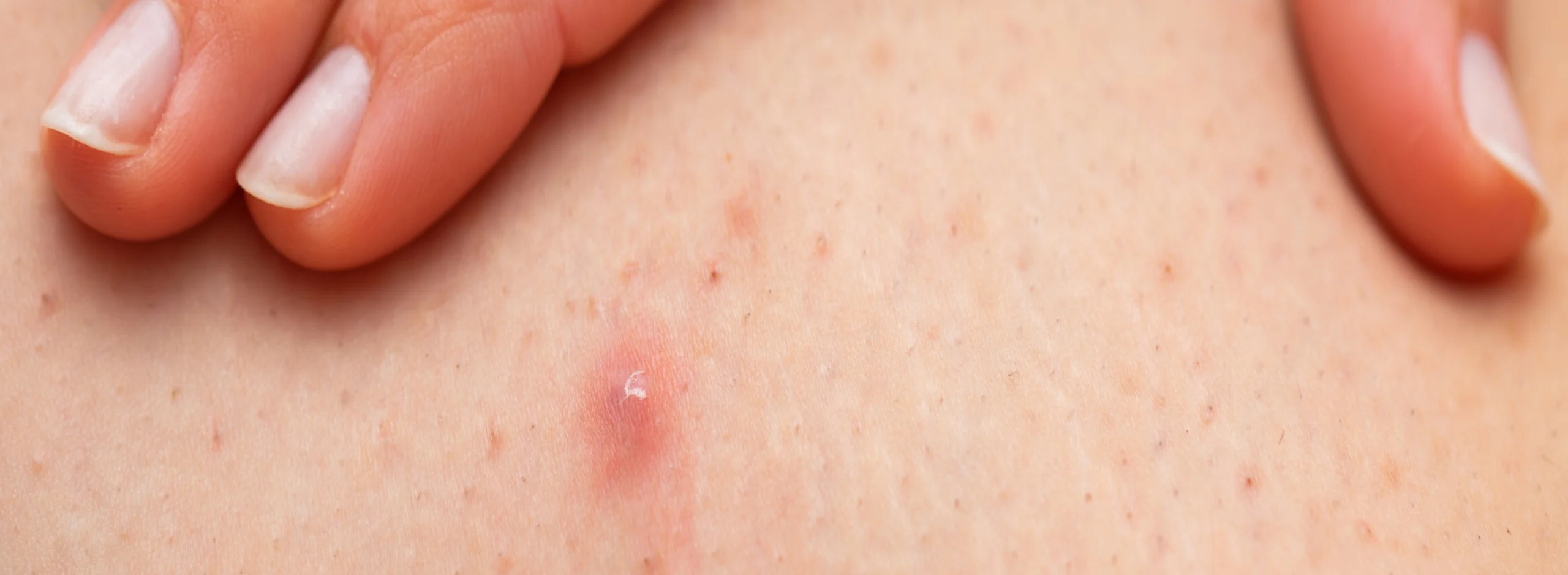FREE SHIPPING on orders over $400!
FREE SHIPPING on orders over $400!
FREE SHIPPING on orders over $400!
FREE SHIPPING on orders over $400!

Did you know that at any given moment, about 90% of the hair on your head is actively growing? Hair growth is not a continuous process but rather follows a well-structured cycle composed of different stages. Understanding the three stages of hair growth is crucial for maintaining healthy hair, preventing unnecessary hair loss, and optimizing hair care routines.
But what are the 3 stages of hair growth? The hair growth cycle consists of three main phases: anagen (growth phase), catagen (transition phase), and telogen (resting phase). Each phase plays a significant role in determining the health, length, and overall appearance of your hair.
For professionals in the hair removal and waxing industry, knowledge of the 3 phases of hair growth is particularly important. It helps determine the best timing for waxing services to ensure effective hair removal and longer-lasting smooth results. Unlike home treatments, professional waxing services require a deep understanding of hair growth patterns to deliver superior outcomes.
The human scalp contains approximately 100,000 hair follicles, each going through independent growth cycles. While some hairs are in the growing phase, others are in the resting or shedding phases. The synchronization of these phases ensures a consistent amount of hair on the scalp.
The anagen phase is the most crucial stage of the hair growth cycle, where hair actively grows from the follicle. This phase can last between two and seven years, depending on genetics, health, and lifestyle factors. The longer the anagen phase, the longer the hair can grow.
During this period, the hair follicles are deeply rooted in the scalp, continuously producing keratin, the protein responsible for hair structure. People with long, thick hair typically experience a longer anagen phase, while those with shorter hair growth cycles may struggle to achieve significant hair length.
For professional waxing, understanding the anagen phase is essential. Since the hair is still attached to the follicle, waxing during this stage removes hair more effectively and extends the time before regrowth occurs. This is why professionals recommend waiting for hair to reach a specific length before scheduling a waxing appointment.
The catagen phase is a short transitional period that lasts two to three weeks. At this stage, hair stops growing, and the follicle begins to shrink. The lower part of the hair detaches from the blood supply but remains anchored to the scalp.
Although it represents only about 3–5% of all hairs at any given time, the catagen phase is crucial for the renewal process of hair follicles. If the follicle remains healthy, it will re-enter the anagen phase after completing the cycle.
For waxing professionals, the catagen phase is a less effective time for hair removal. Since the follicle is no longer actively supplying nutrients to the hair, the hair may break instead of being fully removed from the root.
The telogen phase lasts three to four months and involves no active hair growth. The hair remains in the follicle, but the follicle is no longer producing keratin. Eventually, the old hair sheds naturally to make room for new hair growth.
This stage accounts for 10–15% of all hair at any given time. Shedding during the telogen phase is a natural and necessary process, but excessive shedding may indicate an underlying health issue or hormonal imbalance.
For waxing professionals, hair removal during the telogen phase is less painful, as the hair is not deeply rooted. However, because the hair is nearing the end of its cycle, waxing may not provide long-lasting results compared to the anagen phase.
Each phase has a unique function, and recognizing their importance can help in hair care and professional waxing treatments.

Several factors influence the three phases of hair growth, affecting hair thickness, length, and shedding patterns.
Maintaining a healthy lifestyle and proper hair care routine can significantly improve hair growth and prevent premature hair loss.
To support each stage of hair growth, it is important to adopt proper hair care practices and maintain a healthy scalp environment.
For professional waxing services, understanding hair growth stages ensures that hair is removed at the right time for optimal, long-lasting smoothness.
Hair loss is a natural part of the hair growth cycle, but excessive shedding may indicate an issue. Losing 50–100 hairs per day is considered normal, but anything beyond this range could be a sign of:
Professional treatments like laser therapy, PRP (platelet-rich plasma) therapy, and medicated topical solutions can help restore hair growth. Consulting a dermatologist or trichologist is essential for diagnosing and treating hair loss effectively.
Understanding the three stages of hair growth is essential for maintaining healthy, strong hair and optimizing hair removal techniques. The anagen phase is when hair grows, the catagen phase marks a short transition, and the telogen phase is when hair rests before shedding. Each phase plays a unique role in the hair growth cycle.
Factors like genetics, hormones, diet, and stress influence hair growth patterns. By following a healthy hair care routine, consuming the right nutrients, and using scalp-stimulating treatments, individuals can promote better hair growth.
For professionals in the waxing industry, understanding hair growth stages is critical for providing the best hair removal results. Proper timing ensures long-lasting smooth skin, making clients return for repeat services.
Healthy hair growth requires care, patience, and knowledge. Whether focusing on hair retention, waxing efficiency, or combating hair loss, awareness of the three phases of hair growth leads to better hair health and improved treatment results.


